- Arthropoda (Arthropods)
- Mantodea (Mantids)
-
Insecta

Mating, prenatal development and birth
Courtship and mating
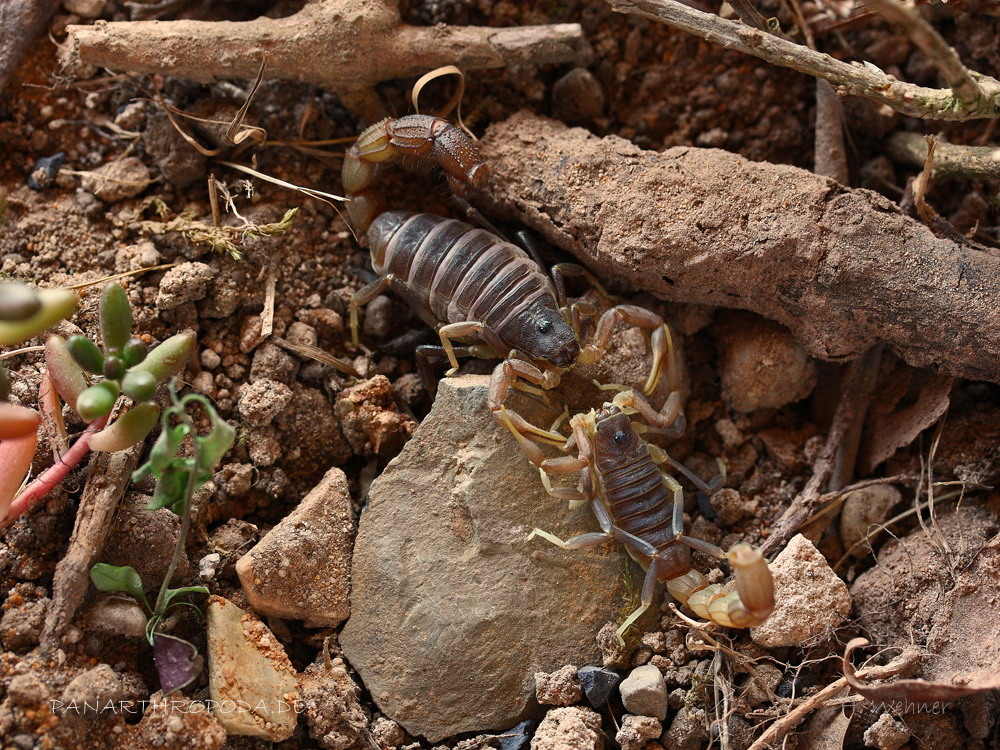
Figure 1: Parabuthus pallidus. Male and female during the promenade à deux
The courtship and mating behavior of scorpions is complex and acutely retualized, but depending on species several differences in behavior can be observed (Polis, 1990, p161). The mating itself coincides with the well known promeade à deux, the mating dance (Fig. 1, 2).
Before this dance can begin, however, it has to be initialized first. The behavior for initialization is divers and reaches from optical and mechanical to chemical stimuli (Polis, 1990, p162-163) and in addition to finding a mate serves to protect the male against cannibalistic assaults (Polis, 1990, p170-171). In most species the male starts the initialization (Polis, 1990, p163). The beforehand mentioned optical stimuli can e.g. be anatomical peculiarities of the females, especially when a noticeable sexual dimorphism is present (Alexander, 1959). In addition, mechanical stimuli have been found to serve as initiation aids, for example when the male vibrates, which the female can sense through vibrations of the ground (Rosin & Shulov, 1963; Alexander, 1957; Polis & Farley, 1979).
A significant role in recognizing sexual partners is played by pheromones, which are gathered by the chemically sensitive pectines, where not only different sexes can be made out (Alexander, 1959; Probst, 1972), but also whether a female is gravid or not (Bücherl, 1955/56 ).
After initializing the promenade à deux especially the males exhibit several behavior patterns, that seem to serve to reduce the likelihood of mating cannibalism, which leads to the conclusion, that mating cannibalism is a severe risk for males and the males therefore are under significant selective pressure in reference to this behaviors (Polis, 1990, p170 - p172).
The mentioned behavior patterns span soothing clubbing with the metasoma, mating stings or the "nibbling" of the partner's chelicerae. In addition, the insemination is often followed by a quick dispersion of the partners, that can go along with sudden and violent metosomal movement and clubbing or even probing with the aculeus (Polis, 1990, p170-171).
During the mating dance the male will try to find a adequate place for placing the spermatophore housing the sperm packet, this search is often accompanied by extensive pectinal movement. The male will constantly have a strong hold of one or both of the female's chalae and directs it, whereas the female remains mostly passive. When a fit place is found, the spermatophore is placed and the male manouvers the female's genital opening over it for sperm uptake (Polis, 1991, p162).
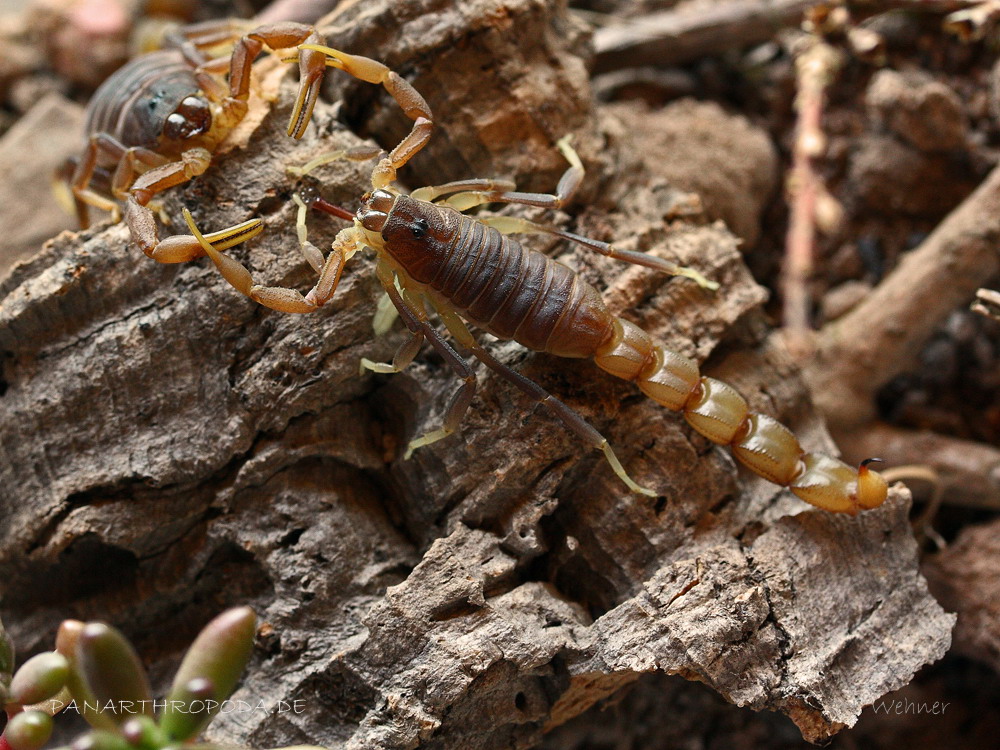
Figure 2: Parabuthus pallidus. The male places the spermatophore (reddish, anterior median)
Mating of Orthochirus scrobiculosus negebensis with well visible spermatophore placement (beginning at 5:00). Note the ample movement of the male's pectines and the quick dispersion after sperm uptake. The male is located on top/right at the beginning of the video.
The promeade à deux as a mating ritual is executed by all species of scorpions, in which both sexes are present and is essential for sexual reproduction. However, there are parthenogenetic species and populations, that do not reproduce sexually, but in which the young develop from unfertilized eggs. Examples are Tityus serrulatus (Mello-Leatão, 1945), Hottentotta hottentotta and Liocheles australasiae (Lourenço, 2000). In most cases no males are known in parthenogenetic species, since the parthenogenetic females only produce female offspring and therefore males die out quickly. A exception to this is (among others) Tityus columbianus, where both parthenogenetic and sexually reproducing populations are known (Lourenço & Méndez de la Cruz, 1996).
Prenatal development
Scorpions are viviparous arachnids and therefore have a rare position in this order, only shared by some mites. Some elements in the prenatal development of scorpions have nevertheless caused discussions about a qualification as ovoviviparous (Polis, 1990, p173-174). The development of the young is not the same amongst all species, however. They are divided into apoikogenenic and katoikogenic (Polis, 1990, p173).
Apoikogenic scorpions fit the needs for classification as ovoviviparous best, since the ovum develops in a follicle (filled with different amounts of yolk, in some species yolk-less) inside the female's ovariuterus. A necessaty for this classification however, is that the embryos develop without any supply of nutrients from the outside and Francke (1982) showed, that apoikogenic scorpion embryos too get nutrients from the outside, most likely by diffusion through the embryonic membranes. Apoikogenic families are e.g. Buthidae, Bothriuridae, Chactidae, Euscorpiidae, Superstitioniidae, Vaejovidae, Iuridae and Chaerilidae (Lourenço, 2000).
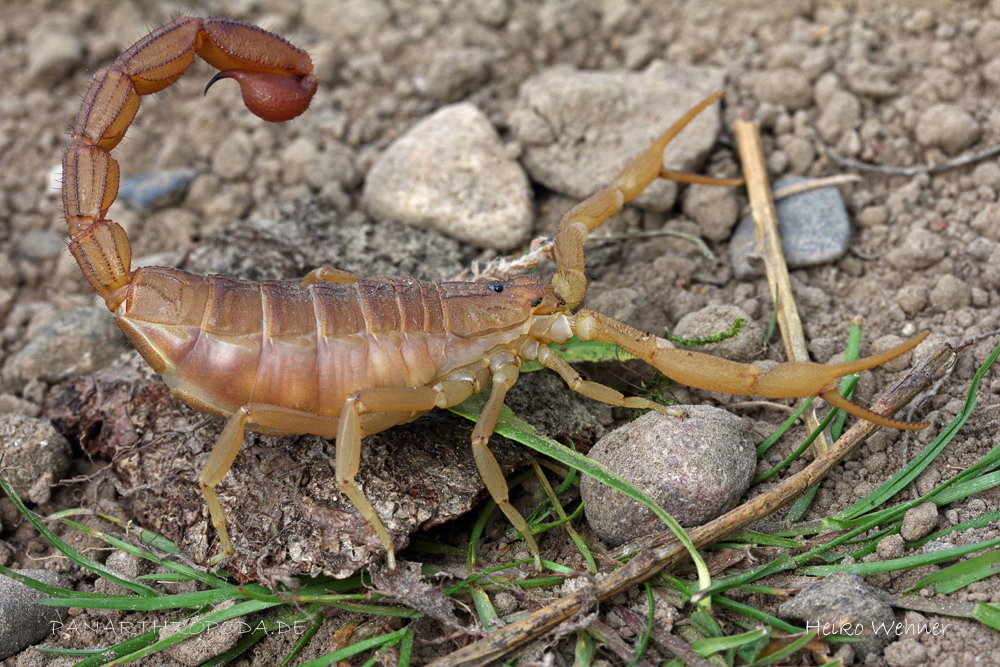
Figure 3: Hottentotta tamulus gangeticus adult female. The eggs/larvae are well visible behind the pleural membrane
In contrast, katoikogenic scorpions show a significantly different kind of development and way of getting nutrients. The ova have no direct contact to the ovariuterus of the female, but are contained in diverticula (Polis, 1990, p179), sack-like protuberance, that are connected to the ovariuterus by tubes. In there the embryos develop a digestive system quite soon and in addition a specialized feeding apparatus, which does not appear in apoikogenic scorpions (Polis, 1990, p182). It is built be the highly elongated chelicerae of this early embryonic state and attach to a "teat", which is located inside a appendix on the distal end of the diverticulum. This appendix is in contact with the hepatopancreas of the mother, which resorbs and saves nutrients (Polis, 1990, p182).
This interaction of the early specialized form of the chelicerae and the "teat" allows the embryo to ingest nutrients by its own muscle power (Polis, 1990, p182). Katoikogenic familien are e.g. Scorpionidae and possibly Hemiscorpiidae (Lourenço, 2000).
Birth
After gestation, which can last from a few months to over one and a half years depending on species (Polis, 1990, p183), the mother litters between three and over a hundred young (Lourenço, 2000).
Right before birth the females of most species will form a birthing basket by angling the first two pairs of legs underneath the mesosoma and stretching the anterior part of the body upwards. The young emerge from the genital opening through the opened genital operculum with the metasoma first in katoigogenic scorpions and with coincidental orientation in apoikogenic scorpions - which can be explained with the fact, that the divercula of the katoikogenic mother run in vertical, dorsal direction (the "teat" points dorsally) and the young in the ovariuterus of the apoikogenic mother are not oriented in the first place - and fall into the basket (or on the ground) (Polis, 1990, p190, p193).
Afterwards they begin climbing onto the mother's back, were they will stay for the rest of the larval stage (Instar 1) in a passive manner (Fig. 4). The first instar takes between 5 days and over 2 weeks depending on species (Lourenço, 2000). The habitus of the young does not resemble that of the adults too much during this time, they are unable to feed and to sting (Lourenço, 2000). In this vulnerable phase they find protection from predators on the mother's back and and she regulates their loss of transpiratory water, since the young still lack the highly water-impermeable cuticula of scorpions of 2nd instar or higher - the mother shows strong protective behavior during this time (Polis, 1990, p200-201).
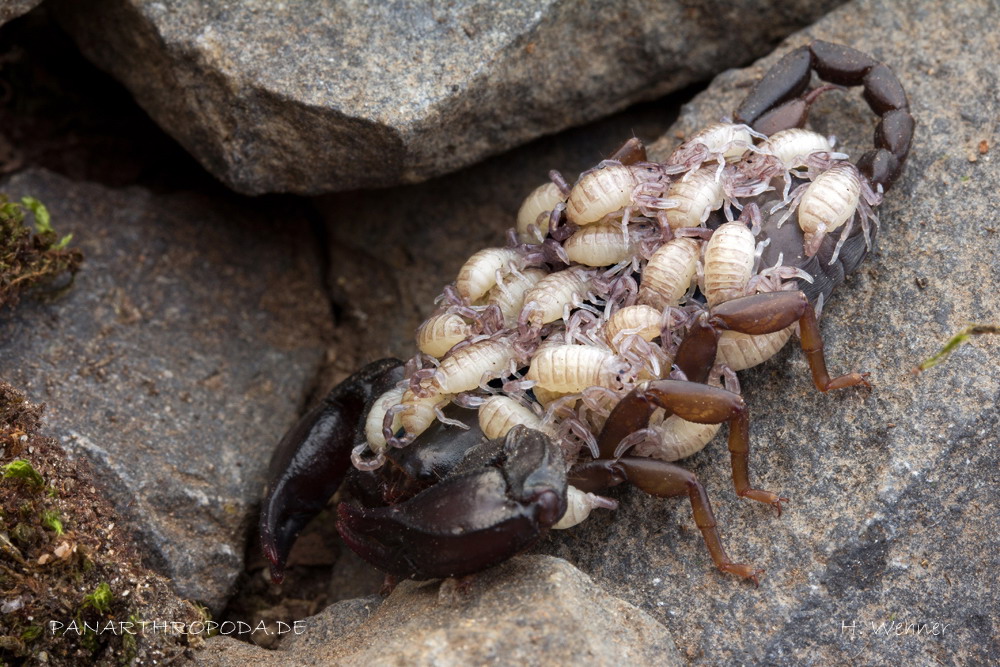
Figure 4: Euscorpius italicus female with young in first instar
The molt into the second instar is done by all young during a short timeframe, the general habitus from now on resembles that of the adults (Fig 5, 6). The young will then leave the mother's back between a few days and 2 weeks later (Polis, 1990, p200), at the earliest when the cuticula is fully hardened, and from now on are self-sustaining and autarcik.
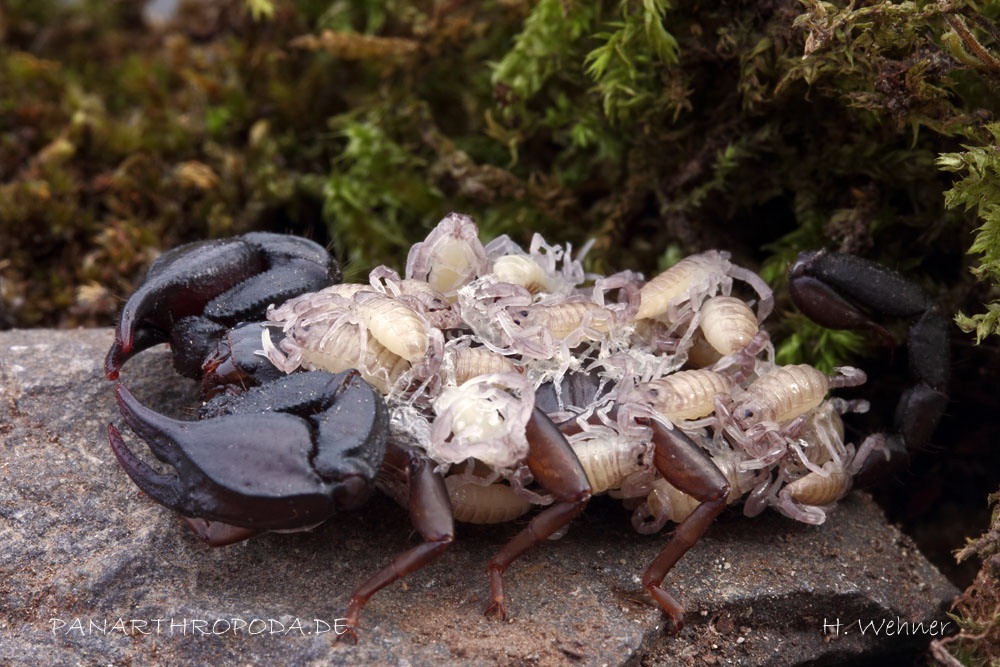
Figure 5: Euscorpius italicus female with young. The young are just starting to molt into second instar
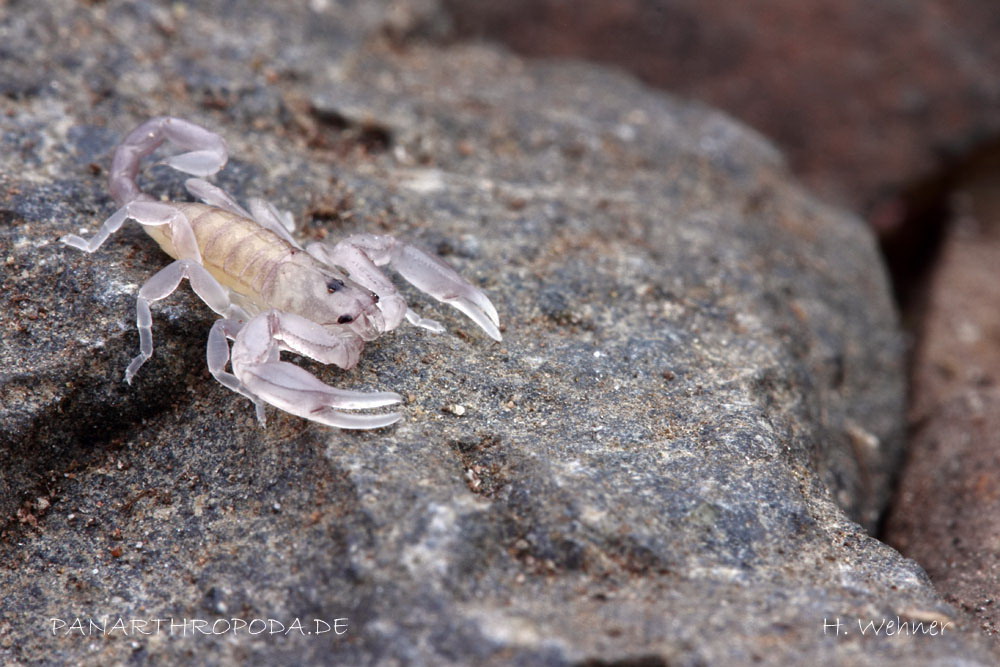
Figure 6: Euscorpius italicus. Young right after leaving the mother's back in second instar
References
Alexander, A.J (1957). The courtship and mating of the scorpion, Opisthophthalmus latimanus. Proceedings of the Zoological Society, London, 128, 529-544.
Alexander, A.J (1959). Courtship and mating in the buthid scorpions. Proceedings of the Zoological Society, London, 133, 145-169.
Bücherl, W. (1955/56). Escorpiões e escorpionismo no Brasil. V, Observacões sobre o aparelho reproductor masculino e o acasalamento de Tityus trivittatus e Tityus bahiensis. Memorias do Instituto Butantan, Sao Paulo, 27, 121-155.
Francke, O. F. (1982). Parturition in scorpions (Arachnida, Scorpiones): A review of the ideas. Revue arachnologique 4, 27-37.
Lourenço, W. R. (2000). Reproduction in scorpions, with special reference to parthenogenesis. European Arachnology, 71-85.
Lourenço, W. R. & Méndez de la Cruz, F. R. (1996). Variation of reproductive effort between parthenogenetic and sexual populations of the scorpion Tityus columbianus. Journal of Biogeography, Volume 23, Issue 5, 681–686.
Mello-Leitão, C. 1945. Escorpiões sid-americanos. Arquivos do Museu Nacional, Rio de Janeiro, 40, 468 pp.
Polis, G. A. & Farley, R. D. (1979). Behavior and ecology of mating in the cannibalistic scorpion. Paruroctonus mesaensis Stahnke (Scorpionida: Vaejovidae). Journal of Arachnology 7, 33-46.
Probst, P. J. (1972). Zur Fortpflanzungsbiologie und zur Entwicklung der Giftdrüsen beim Skorpion Isometrus maculatus (DeGeer, 1778) (Scorpiones: Buthidae). Acta Tropica, 29, 1-87.
Rosin, R. & Shulov, A. (1963). Studies on the scorpion Nebo hierichonticus. Proceedings of the Zoological Society, London, 140, 547-575.
F. Schmitz, authored 2011